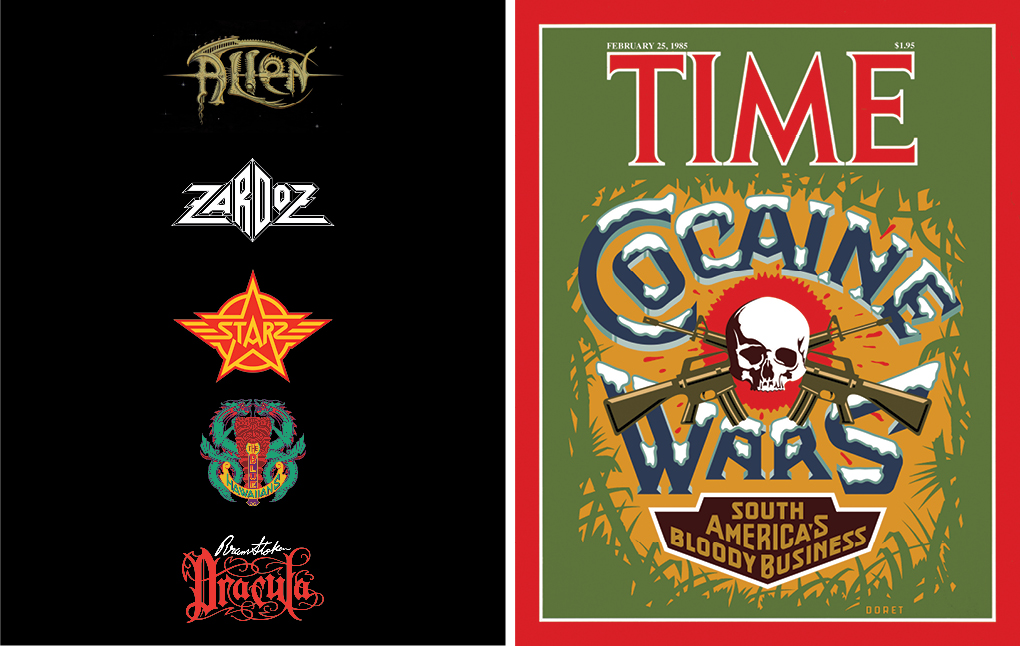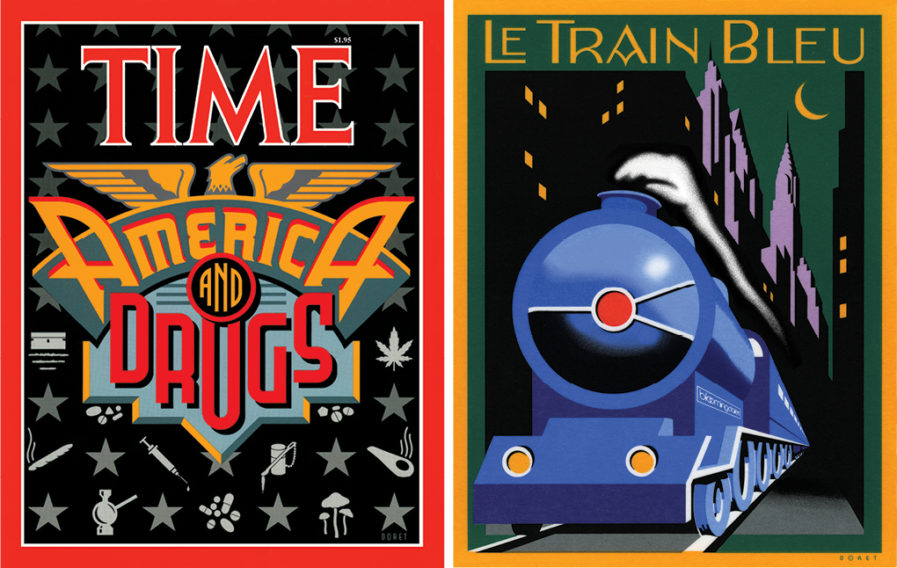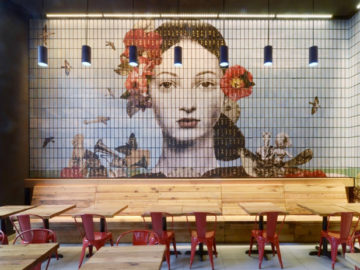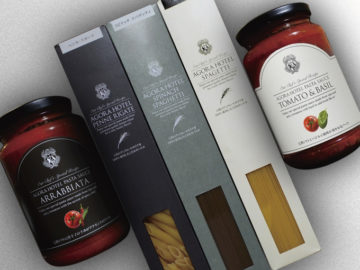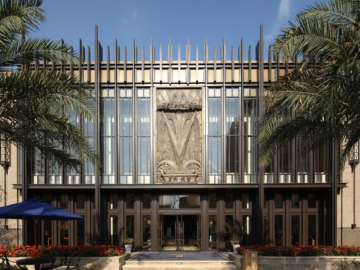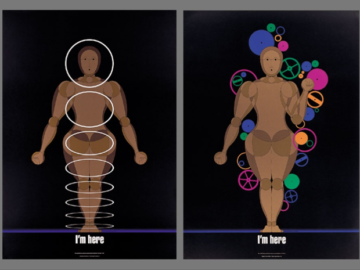If you love letter work and typography, you’ll love the work of Michael Doret.
Michael grew up in Brooklyn near what are now the remains of the collection of amusement parks known as Coney Island. At the time, his father worked for MGM in Manhattan’s Times Square. Consequently, the inspiration for his work came from his early years growing up near the lights, signage, and brilliant colors found near his Brooklyn neighborhood, and which also surrounded his father’s office. Later in life he found similar inspiration in such diverse sources as matchbook covers, enamel signs, packaging, and numerous and varied artifacts of the mid-century America he grew up in. Over the years his work has earned dozens of awards, and Michael has lectured and taught workshops at many institutions. His book, Growing Up in Alphabet City, will be published in 2022 by Letterform Archive.
Micahel’s letter work and illustrations have a bold, vintage feel to them. His magazine covers, such as “Time Magazine Cover 4” (above, left) and “Time Magazine Cover 2” (below, right) combine eyecatching imagery along with bright colors that easily catch a potential reader’s attention. His logo work (below, left) ranges from incredibly detailed to more simple, yet each do an excellent job in promoting their brand to consumers.
